How do we find new things out? #
To discover anything, for example how to make beer or what causes a solar eclipse or where frogs go in winter, requires two things: (1) a critical event and (2) a perceptive observer.1
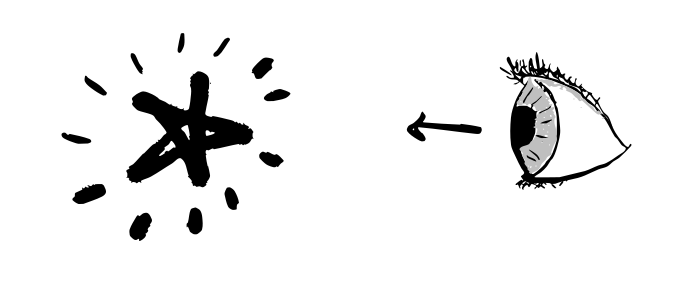
Below are three such examples:
Penicillin #
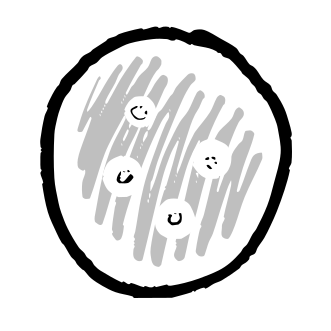
Mold killing bacteria in a petri dish
One sometimes finds what one is not looking for. When I woke up just after dawn on Sept. 28, 1928, I certainly didn’t plan to revolutionize all medicine by discovering the world’s first antibiotic, or bacteria killer. But I guess that was exactly what I did.
Sir Alexander Fleming
Fleming, was a scottish researcher who worked with antiseptics. He was certainly a perceptvive observer and had looked in his own nasal discharge to discover lysozyme, an antimicrobial protein. Lysozyme, however, is relatively ineffective against many harmful bacteria. Years later, he went for a vacation, leaving many petri dishes of bacteria in the corner of his lab. Upon his return, he found one of the dishes had been contaminated by a mold that was preventing the growth of bacteria. He named the responsible antibactiral compound penicillin. After chemists figured out how to mass produce penicillin in the 1940s, it became the world’s first widely use antibiotic.
Viagra #

Pecans #
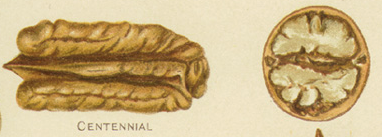
Around 1840 in Louisiana, Dr. A.E. Colomb identified a pecan tree that produced large thin shelled nuts. An enslaved man named Antoine, “a Creole Negro gardener and expert grafter of pecan trees”, as described by J. T. Roman, the man who enslaved him, was responsible for successfully grafting the tree and the first recognized planting of an improved variety of pecans.
We cannot count on luck #
The trouble with these breakthroughs are that they are lucky. Critical events, such as the mutation of a plant to produce seedless edible fruits, are rare. Furthermore, perceptive observers who are capable of capitalizing on the event are also rare. And on top of that, the critical event and the perceptive observerer must be in the same place at the same time. The two must align for progress to be made.
How to align critical events with perceptive observers? #
Two ways to increase the alignment between critical events and perceptive observers are “informed observation” and “directed experimentation”. Informed obervation makes sure that naturally occuring informative events are brought to the attention of perceptive observer. For example, suppose want to understand how forest fires create their own weather. You might design a monitoring system that can measure meterological variables when a forest fire occurs. Any observational study in science is an example of informed observation.
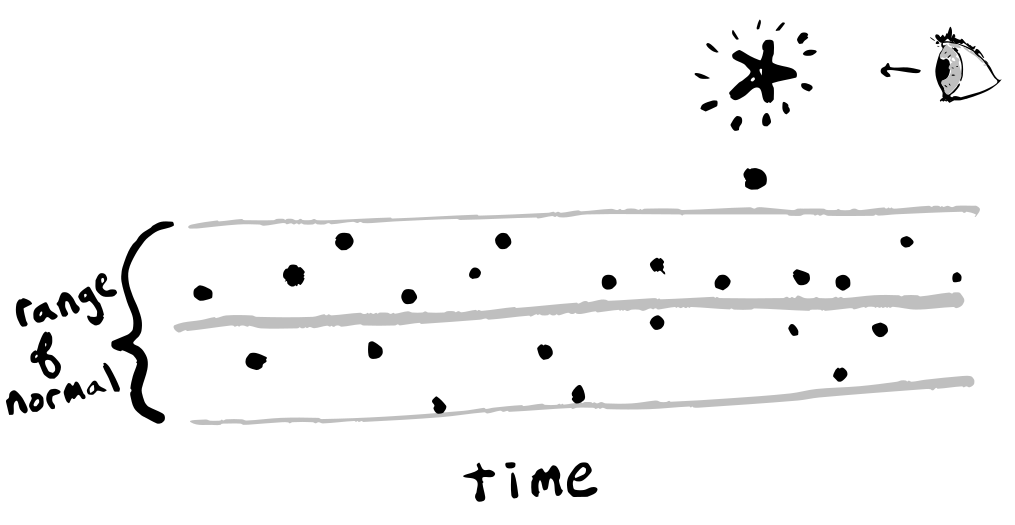
informed observation
Studying forest fires and many human phenomenon is often (rightly) limited to informed observation by practical and moral considerations. But when we can alter the environment or process we can used directed experimentation, the induced occurrence of informative events. For example, Benjamin Franklin wanted to know if lightning was electricity. His famous kite experiment involved flying a kite during a storm and collecting charge from the sky which traveled down a wet string and across a metal key. This electrical charge could be stored in a Leyden jar, a tool used to store electric charge that Franklin was very familiar with.
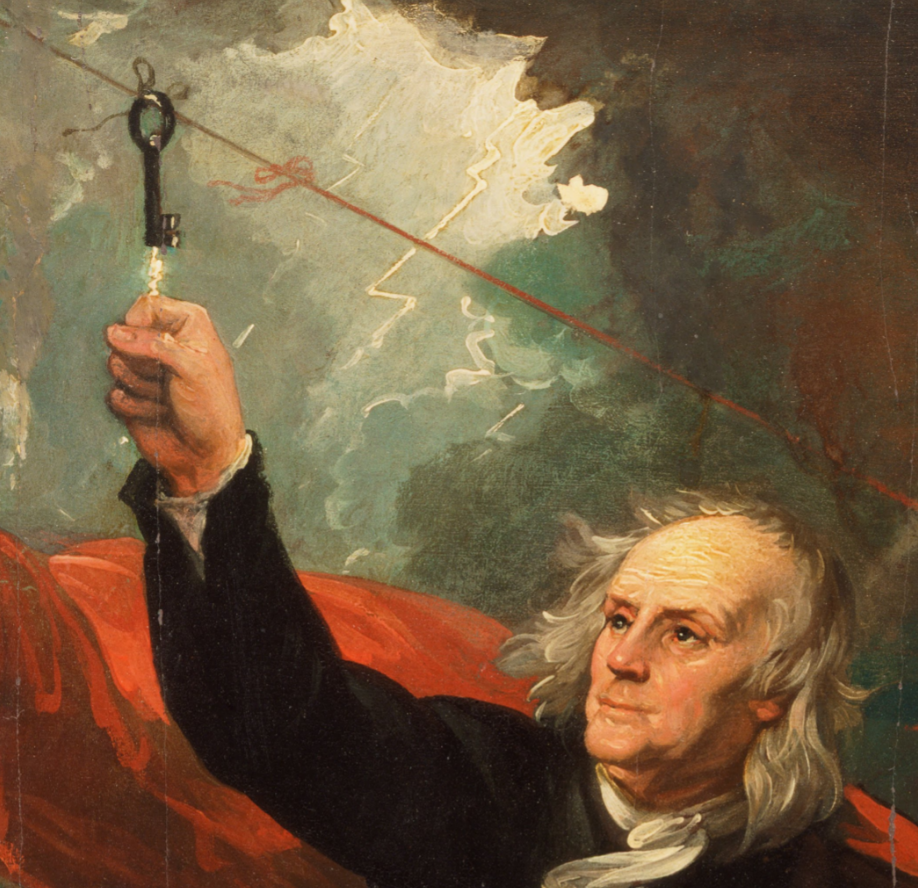
directed experimentation
Experimentation is what we are talking about here.
The scientific method #
Knowledge, science, and technology are key to explain the increase in life expectancy.
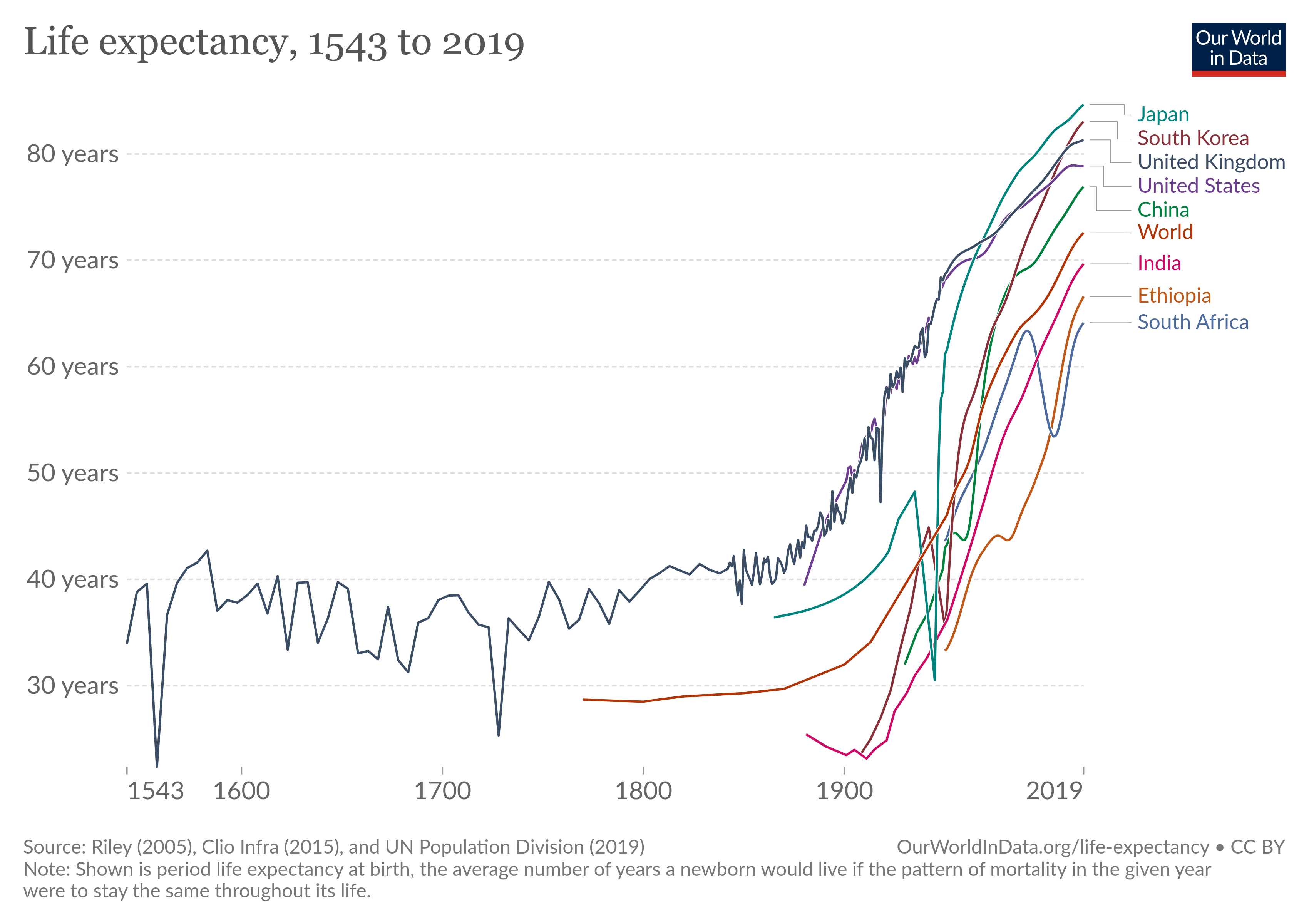
Why experiment #
aligns critical events with perceptive observers
Increase probability informative events occur.
–>
-
Much of the framework of this article is inspired by a lecture by the late George Box. https://www.youtube.com/watch?v=qF0dhl61Bdo ↩︎